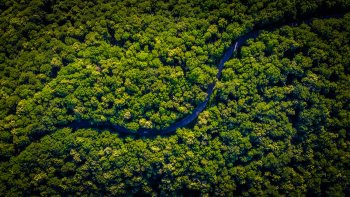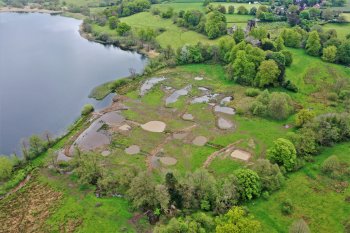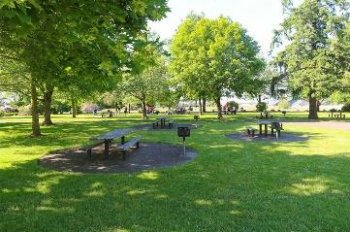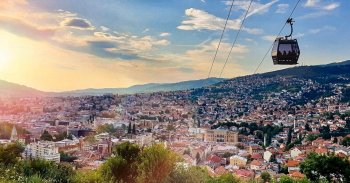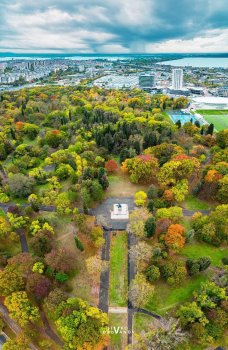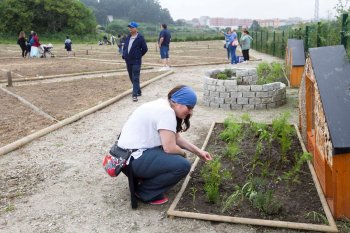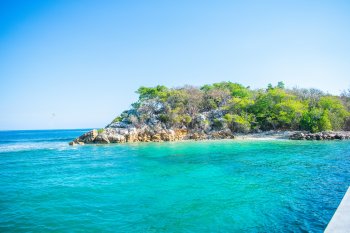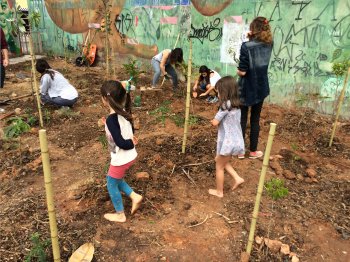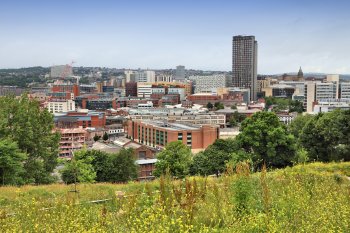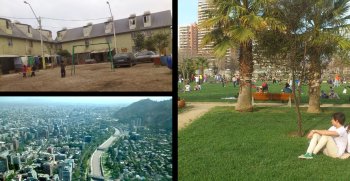Brazil Water Programme
In 2010, WWF-Brazil, Banco do Brasil, the National Water Agency, and Fundação Banco do Brasil joined forces for the Água Brasil Programme. The aim of the project was to increase forest restoration around the watersheds, foster the development and dissemination of sustainable rural production practices and techniques, encourage responsible consumption and solid waste recycling in cities, and enhance the Banco do Brasil’s portfolio of financial products and practices with a socio-environmental focus.
The Programme was present between 2010-2019 in five regions of the country, with...

